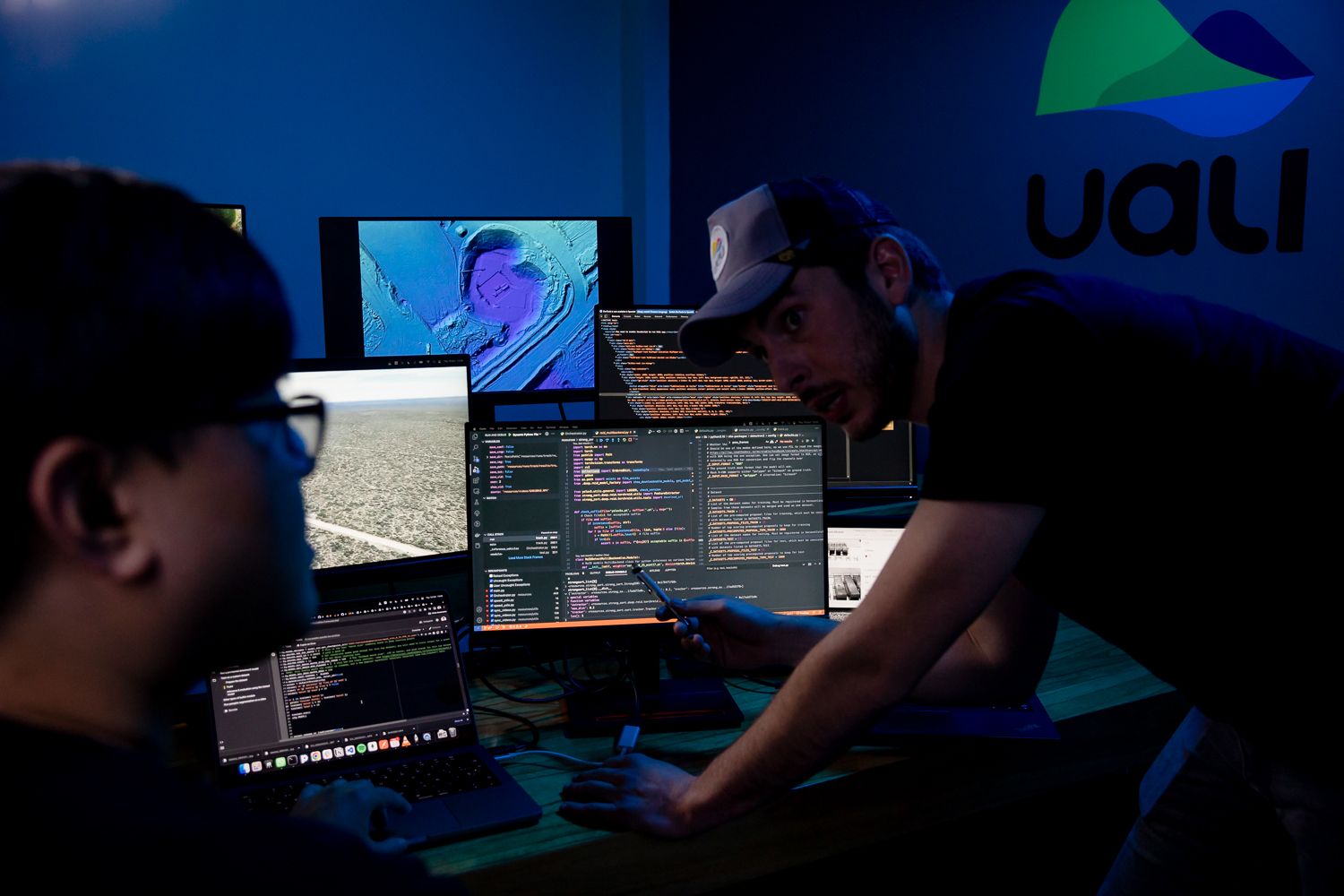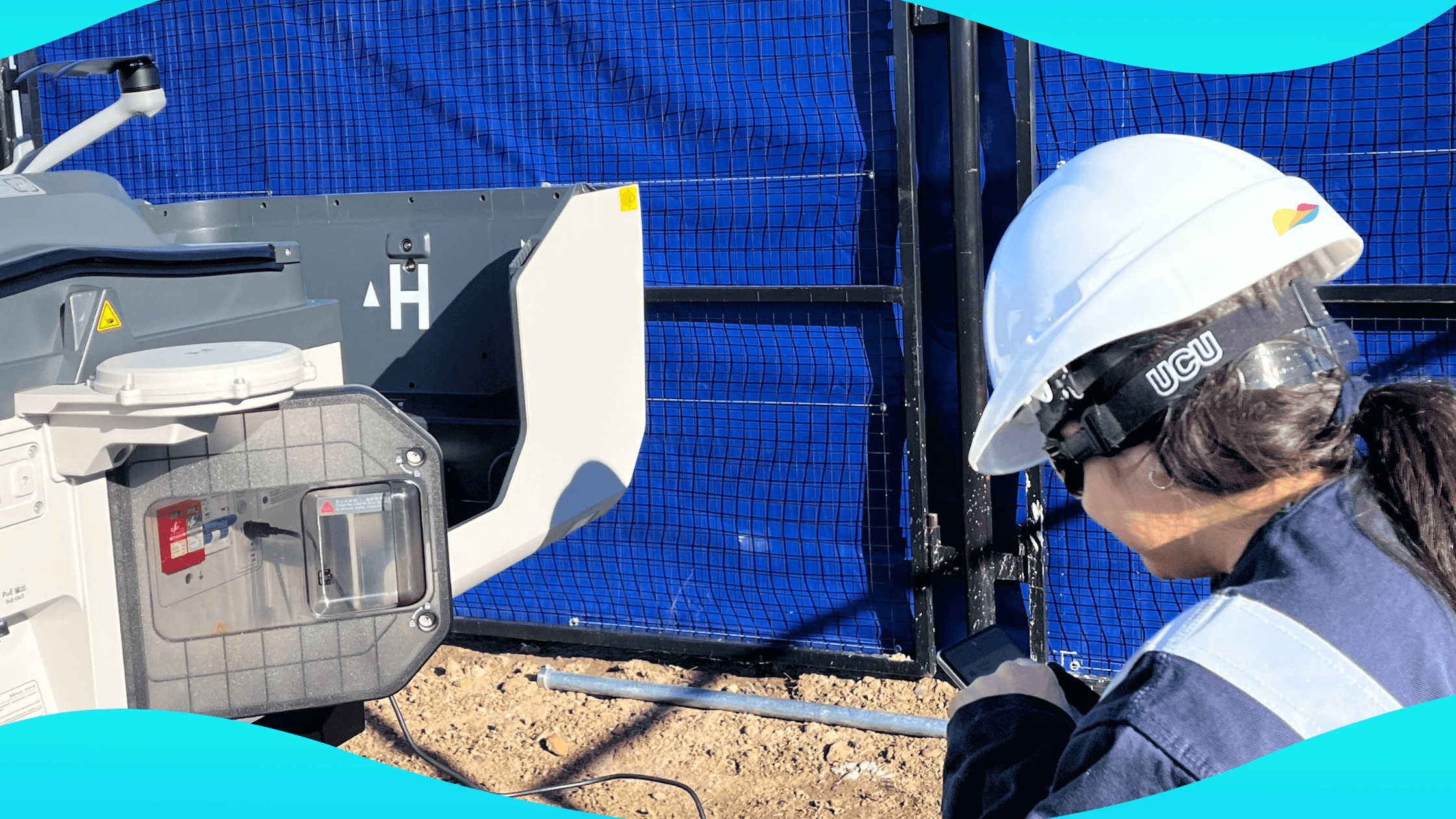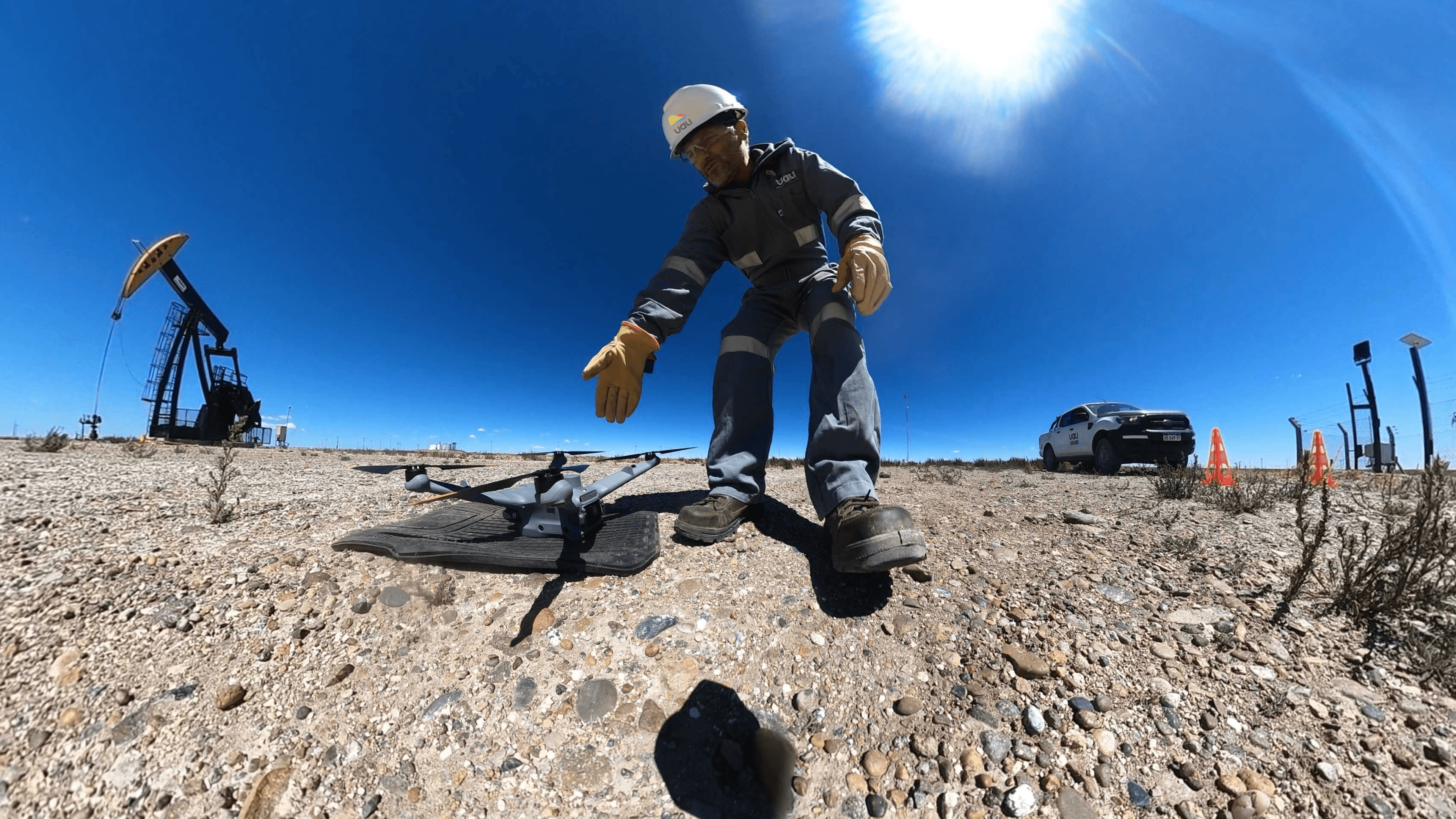News
AI trained to act in time: the key role of machine learning in asset maintenance
At UALI, we don’t just collect data — we turn it into decisions. At the heart of this process lie our artificial intelligence models, specifically trained to enhance the monitoring and maintenance of critical assets in the field.

What does training AI for asset maintenance involve?
Training an AI model means teaching it to recognise patterns, detect anomalies, and generate early alerts using large volumes of historical and real-time data. At Uali, this training is grounded in the analysis of thermal and visual imagery, structural data, and environmental conditions captured in real and often challenging environments.
Unlike generic solutions, our models are trained with sector-specific data from the energy industry. This enables us to interpret the technical behaviour of a wide variety of assets — from wind turbines and solar panels to pipelines, valves, and power lines.
If you like to learn more about our platform, we recommend “Uali’s management platform converts data into decisions to the energetic sector”
From field to insight: a smart data flow
It all starts in the field, where drones capture high-precision data. But the true value emerges afterwards: this information is processed by our AI models, which have been trained to analyse and classify the data according to its level of criticality.
Thanks to this, we can anticipate signs of corrosion, cracks, hotspots, abnormal behaviour, leaks or structural degradation. Our system not only detects what is happening — it learns from each new inspection, sharpening its sensitivity and improving accuracy over time.
Training never stops
Machine learning is not a static process. Our models are constantly calibrated and updated thanks to feedback validated by our expert team. This enables the AI to evolve, adapt to new operational contexts, and maintain high levels of detection performance.
“As a result, we produce clear, actionable reports that help our clients anticipate failures, reduce unnecessary downtime, optimise resources, and minimise operational and environmental risks.” — Amelia Balsamo, CTO at Uali
You liked this article? Learn more about AI training in “Training Artificial Intellingence models in Uali”
At Uali, we combine drones with artificial intelligence to revolutionise the inspection and monitoring of energy assets. Our approach enables fault detection, operational optimisation, and risk reduction — resulting in greater efficiency and lower environmental impact. Through advanced technologies, we help our clients make data-driven decisions, improving the safety and sustainability of their operations. Let’s create positive change together!
Giselle Balzano
Product Manager


